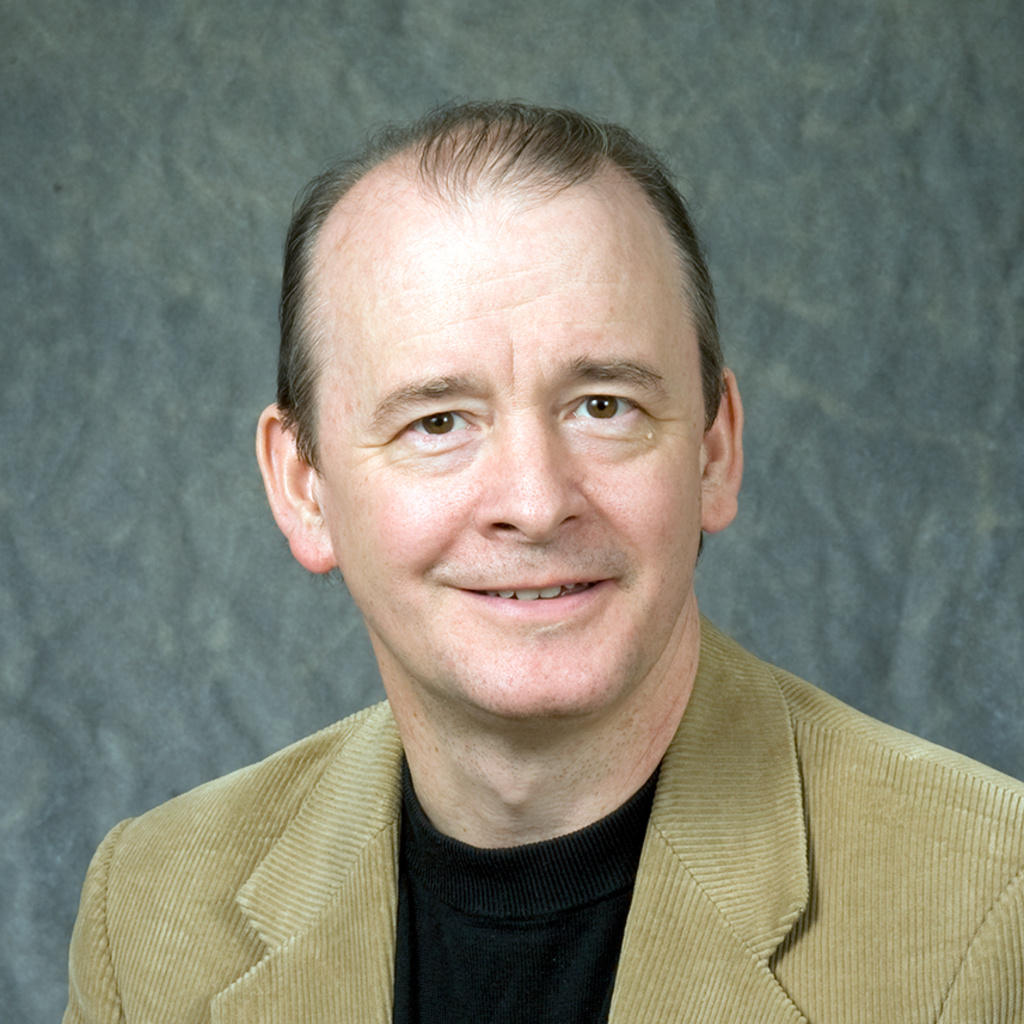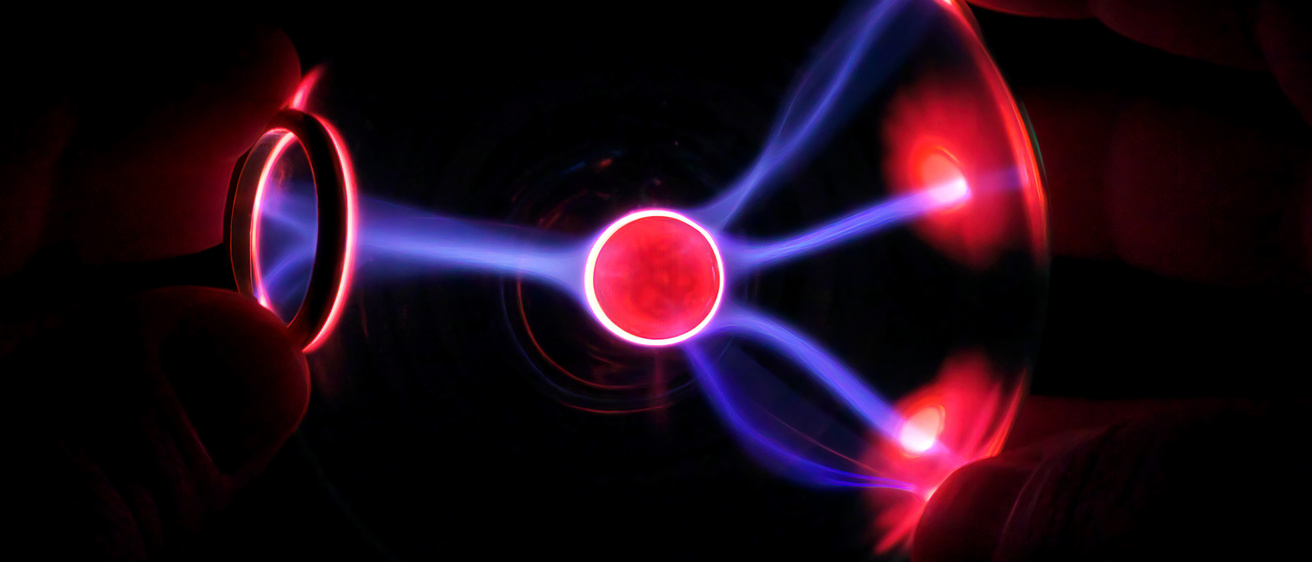Main navigation
While the relatively cold, low-pressure conditions in Earth’s environment give the impression there are only three states of matter (solid, liquid, gas), over 99% of the observable matter in the universe is in a “fourth” state, plasma, such as in stars, nebulae, and the interstellar medium. Plasmas consist of an ionized gas containing roughly equal parts of electrons and ions and are created either by heating gases to high temperatures, bombarding them through an electrical discharge, or exposing them to ionizing radiation. Because plasmas experience forces from either external electromagnetic fields or fields created by currents and charges within the plasma, their dynamics are radically different than that of ordinary gases. Plasmas are also found on Earth, such as in the ionosphere and magnetosphere high above the Earth, and in a variety of technologies, from fabrication tools in micro/nano-electronics (etching, deposition, surface treatment) to nuclear fusion for an alternate energy source.
Faculty in the Department of Physics study plasmas both in the laboratory and in space. The dynamics of plasma turbulence is studied both theoretically and experimentally. Plasma turbulence is important for understanding a wide variety of astrophysical observations from accretion flows around black holes to dynamics of the solar wind, and in the capture of fusion energy in a burning plasma. Magnetic field reconnection, the breaking and reconnecting of magnetic field lines in a plasma which can lead to charged particles from space streaming into the atmosphere, is studied through variety of spacecraft missions (see Space Physics). Spectroscopic techniques are used to study whistlers, or radio wavepackets that travel along magnetic field lines in a corkscrew pattern while interacting with plasmas as they go, as well as plasma self-organization and sheaths, the plasma boundary. Faculty study the characteristics and dynamics of dusty plasmas, or plasmas containing micron scale solid particles that become charged, and are found in interstellar clouds, planetary rings, comet tails, and semiconductor fabrication tools.
Four advanced courses in the fundamentals of plasma physics and its application in space and astrophysical environments are offered regularly, as well as specialty courses offered periodically on numerical simulations of plasmas, spacecraft instrumentation for plasma measurements, and data analysis methods in plasma physics and space physics. A plasma physics seminar and a space physics and astrophysics seminar are each held weekly during the academic year.
News

Understanding the plasma processes connecting the solar system
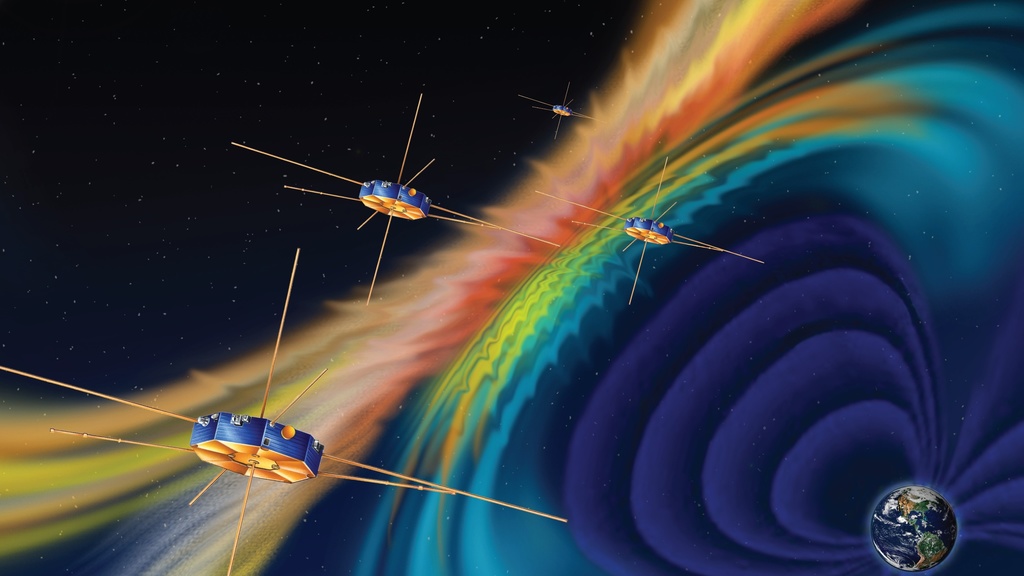
Howes Awarded NASA Grant To Study Magnetic Reconnection in Solar Wind
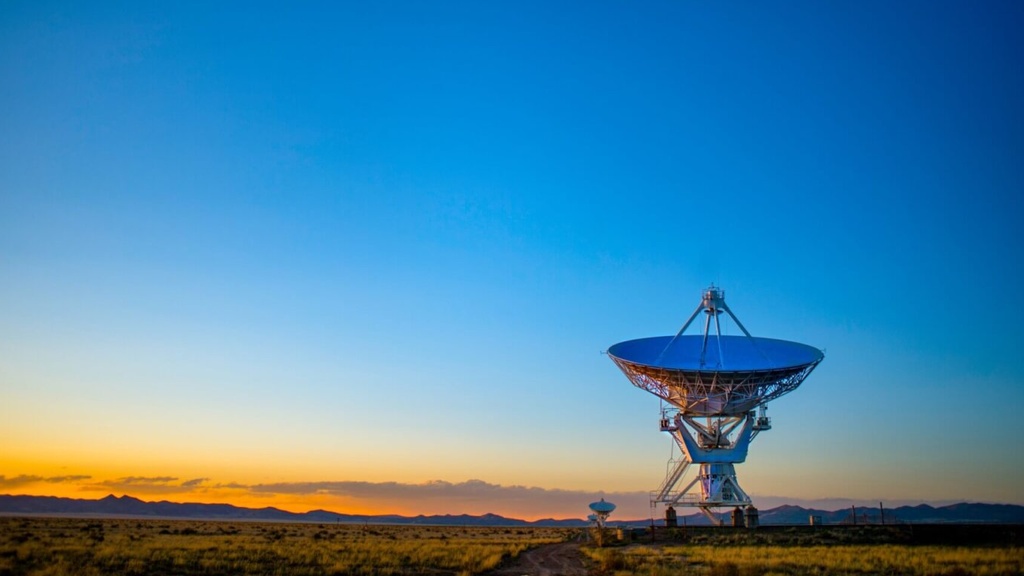
Hartley Awarded Travel Grant to Present at URSI Meeting
Plasma Physics faculty
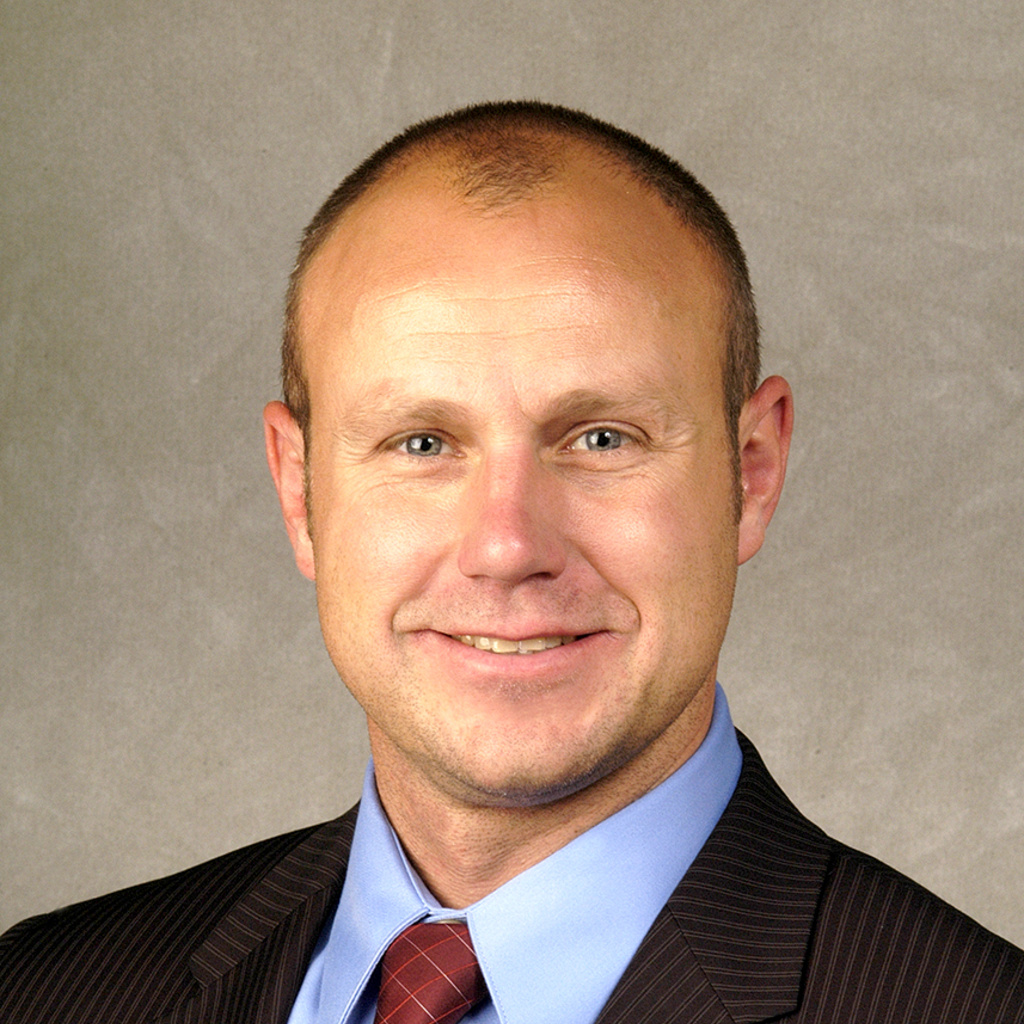
Gregory G. Howes, PhD

John A. Goree, PhD

Jasper S. Halekas, PhD
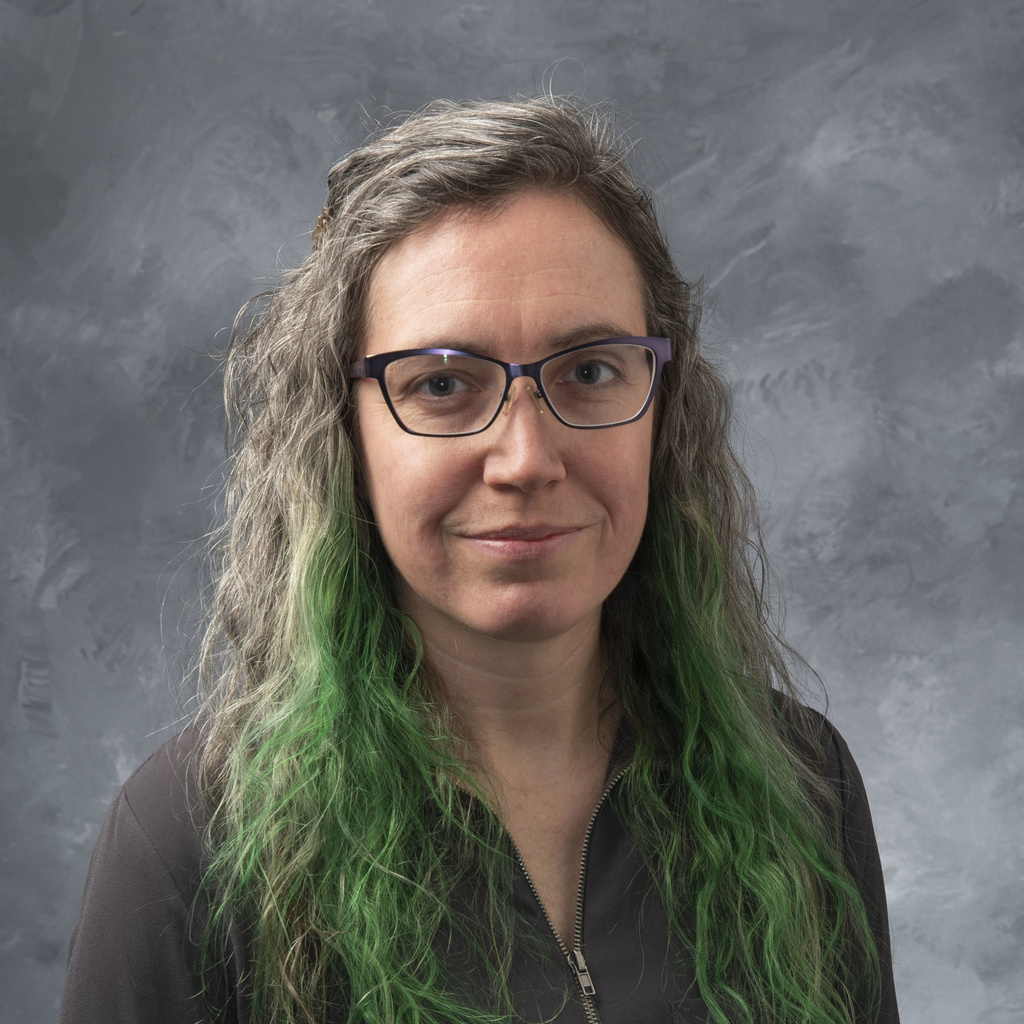
Allison N. Jaynes, Ph.D.
